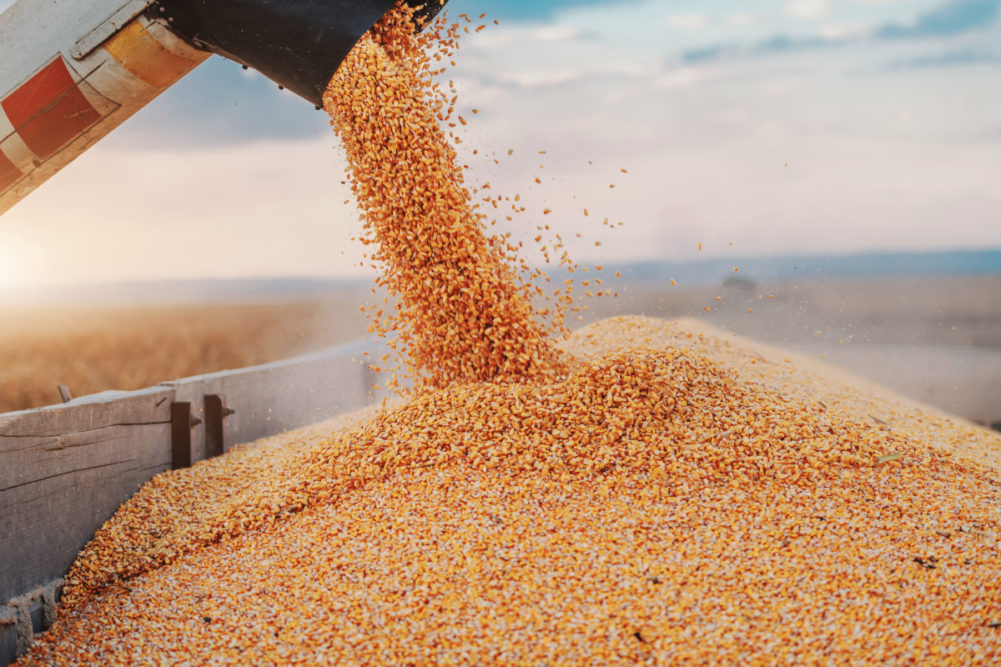NEW YORK — Corn prices will continue to be volatile for the foreseeable future in the United States due to lower planted area, yields and ending stocks, according to a report published on Oct. 27 by Rabobank North America.
In its latest North American Agribusiness Review, Rabobank said the stocks-to-use ratio for the 2022-23 marketing year already is starting to look challenging, as “tight supplies and below-average soil moisture could potentially signal another year of challenges.” The stocks-to-use ratio is expected to be the lowest since 2012-13, Rabobank said.
However, Rabobank noted that a smaller-than-expected export market in addition to reduced movement of corn in the Mississippi River due to low water levels likely will tame the demand outlook and could cap the increase in corn prices.
“Gulf basis remains strong and with a strong dollar this could potentially shift demand for more Brazilian corn,” the report said.
In the October WASDE report, ending stocks fell by 47 million bushels to a total of 1.172 billion bushels on a month-on-month basis. However, on a year-on-year basis, stocks are projected to be 15% lower than last marketing year.
“As we look at what is happening on the export side, a few things begin to show concern on the export outlook,” Rabobank said. “Outstanding sales are 53% lower this marketing year compared to last season, while corn inspections are higher this marketing year compared to last by 5% but have remained flat since the beginning of October.”
For 2022-23, exports have been revised downward due to a sluggish start, adjusting exports from 2.2 billion to 2.1 billion bushels, the report said.






